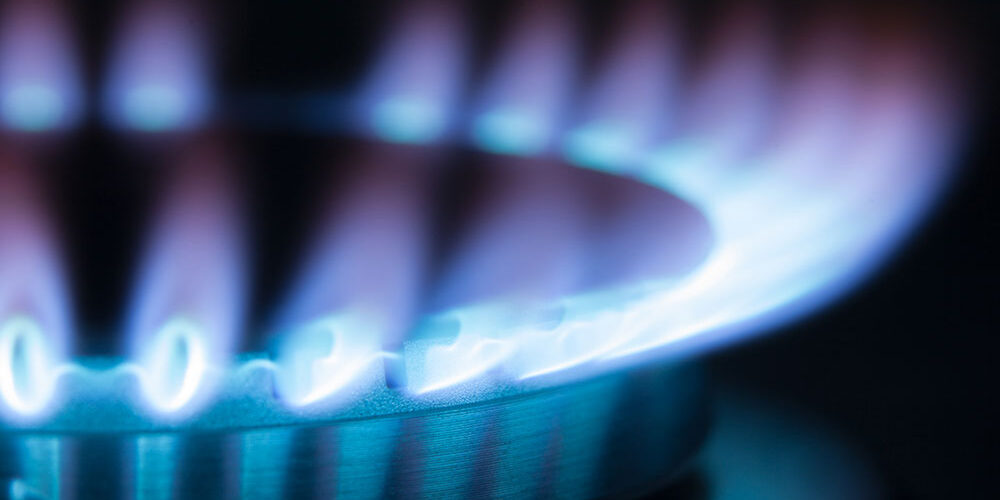
From 1st April, the typical annual energy bill fell to £1,680 – the lowest it’s been since 2022. However, with the cost of bills still much higher than they were pre-COVID, people are still looking for ways to save.
In this article, we’ll compare gas meters vs. credit and explore why approximately four million people in the UK now use prepayment meters.
Understanding payment methods
There are three primary ways to pay for gas usage: quarterly bills, monthly direct debits, and prepayment methods.
- Quarterly billing: This traditional method bills consumers every three months based on their actual or estimated gas usage. It allows users to pay after consumption but can lead to large, sometimes unexpected, payment amounts.
- Monthly direct debit: This method has become very popular in recent years. It involves setting up an automated bank transfer that spreads the cost of annual gas consumption across 12 months. This payment method tends to help with budgeting and ensures that payments aren’t missed, providing peace of mind to both the consumer and supplier.
- Prepayment meters: Often referred to as pay-as-you-go meters, these require users to pay for gas before usage. Payments can be made by topping up a smartcard, token, or key at local shops, or increasingly, via online or smartphone applications.
The case for prepayment meters
In the past, prepayment was the most expensive payment method. However, over recent years, the costs for prepayment customers have aligned more closely with those who pay via direct debit.
Before the energy crisis, switching from prepayment to standard meters at no cost was a way to reduce energy bills. However, in July 2023, the Government committed to end the ‘pre-pay minimum’, making prepayment the most economical option for those on a standard variable price-capped tariff.
These meters are particularly appealing for several reasons:
- Budget control: With a prepayment meter, there’s no risk of receiving an unexpectedly high gas bill. Consumers can closely monitor their spending and only use what they can afford, making it easier to manage household budgets tightly.
- Debt management: Prepayment meters are often installed in households that have accrued debts with their gas supplier. These meters help manage and gradually reduce debt by allocating a portion of each top-up to outstanding balances.
- Financial discipline: These meters enforce a discipline of consumption based on available funds, potentially fostering more mindful and efficient energy usage.
Switching and saving
A common misconception is that if you use a prepayment meter, you must accept higher tariffs. But this is incorrect. You’re able to switch providers if you have debt of less than £500. Nearly every supplier has at least one prepayment tariff available so it’s worth running a comparison to see how much you could save.
How to choose the right option
The decision between a prepayment meter and a credit-based payment method should be based on individual financial circumstances and preferences:
- Financial stability and predictability: If you prefer predictable bills and can manage regular payments, monthly direct debits are likely the most suitable and economical choice.
- Tight budgeting or financial recovery: For those who need to strictly control spending or are recovering from debt, prepayment meters provide a practical solution.
So, should you choose a prepayment meter?
Both prepayment meters and credit payment options have their advantages, depending on personal financial situations and preferences.
Ultimately, if you’re on a standard variable tariff, paying for your energy by prepayment is currently cheaper than paying by direct debit.
If you have problems with budgeting and need to monitor your usage easily, prepayment meters may be right for you. However, it’s worth noting with these meters, you don’t have access to as many tariffs as you would with direct debit tariffs.
It’s important to regularly review your energy plans and consider switching suppliers or tariffs to ensure you’re getting the best possible deal. Tools like uSwitch or MoneySuperMarket make comparing prepayment and credit meter tariffs straightforward, helping you to actively manage your energy costs and potentially save significant amounts of money.
For more tips, here’s How To Make Your Home More energy Efficient and lower your bills.

